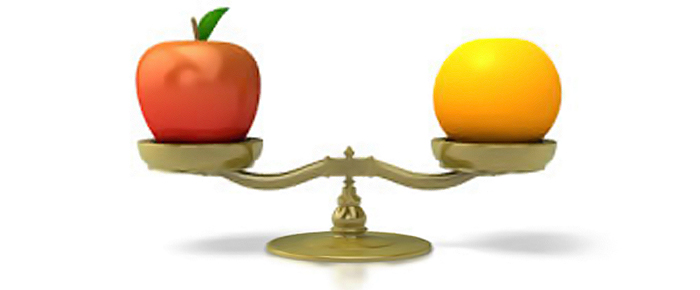
By Haddon Libby
For those of you with investments in stocks and bonds, do you know how your portfolio is performing? If you are like most people, the answer is ‘no’. For those of you who think you know how your investments are performing, think again.
For regular readers of this column, you know that I rarely mention what I do for a living. I have an investment advisory firm and we are really good at what we do. I cannot tell you how often I come across an investor who is paying too much for sub-optimal work from ‘a friend’ or highly credential person who manages their investments. My best advice is to regularly seek second opinions. Saving, (or earning) just 0.60% over the course of a lifetime can result in five years of extra income in retirement.
If you have an annuity, there is a very good chance that your investment manager put you in an investment that is performing poorly. The primary reason for poor performance is because the typical annuity pays an investment advisor 7% of YOUR money upfront as well as back-ended annual payments. There are no magic financial elixirs that can make up for these kinds of costs. If you have an annuity or are thinking of buying one, have a firm that does not sell annuities review things for you. (Shameless plug: My investment firm, Winslow Drake, does not sell annuities.)
If you own mutual funds, there are countless ways that your investment advisor can make extra money from you without your knowledge. The simplest way is by using mutual funds that have 12b-1 fees. In order to see how your mutual fund investments are performing, each should be compared against appropriate benchmarks. For example, if a mutual fund focuses on large growing companies, compare that fund against large growth companies. As of March 4th, large growth companies as a group declined in value by 3% this year. Comparing all of your investments against one benchmark like the S&P 500 or the Dow Jones Industrial Average is like comparing apples and oranges. Each fund should be compared against peers that invest in similar ways as well as against the segment of the market that the fund is focused on. More often than not, investment accounts that use mutual funds heavily have extra fees embedded in them. Anyone with a portfolio reliant on mutual funds should get a second opinion from a firm that shies away from such investments. (Shameless plug #2: My investment firm, Winslow Drake, avoids mutual funds.)
If you own bonds, it is often very hard to know your actual rate of return. Given that bond yields are at or near historic lows, the cost of buying bonds makes this investment type tricky. While I prefer exchange traded funds (ETFs) for fixed income investments given their low cost and high liquidity, buying fixed income like bonds requires sophistication and experience. For shameless plug #3, I have advised banks on how to buy and sell bonds and have a portfolio manager on my team who has managed $10 billion in bonds. That is the kind of experience one needs in order to do bond investing correctly.
ETFs typically have the lowest costs although many are mutual funds in ETF clothing. Always know the expense ratios of an ETF and how it performs relative to the benchmarks it is modeled against.
Like ETFs, individual equities should be compared against peers in terms of business focus as well as by company size.
Investments with low transparency like some Real Estate Investment Trusts or with poor liquidity like an Energy limited partnership are tricky and fraught with peril so buyer beware.
Investment advisors who engage in some of the poor practices that I have mentioned herein often manage your investments to make the most money for them – not you. Trust but compare and regularly get second opinions.
Haddon Libby is Managing Director at Winslow Drake, an investment advisory firm. He can be reached at 213.596.8399 or hlibby@WinslowDrake.com.












































